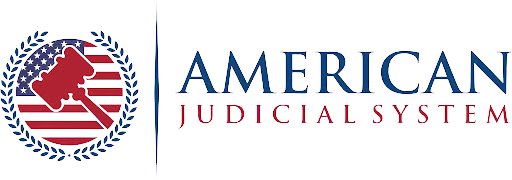After a car accident in Lafayette, confusion and panic can make it difficult to think clearly. Yet, the moments right after a collision are some of the most important for your safety, health, and any future claims. Knowing what to do helps protect your rights and ensures that vital details are not lost. From checking for injuries to documenting the scene, every step can influence how smoothly recovery and insurance processes unfold. Acting quickly also makes it easier to establish the facts and avoid misunderstandings later.
Gathering information, seeking medical care, and maintaining calm communication are key parts of this process. Taking the right steps early not only builds a stronger foundation for your case but also gives you peace of mind during recovery. For guidance and support after an accident, consider consulting a skilled Lafayette car accident lawyer who can help safeguard your legal interests.
Check for Injuries and Ensure Safety
Safety is always the priority following a collision. Check for injuries—to you and to any others who may be involved. If anyone appears to be injured, call for medical personnel immediately. Only move a casualty if they are in immediate danger. If feasible, enable hazard lights to signal to other drivers. Only remove vehicles from traffic if it is safe and practical to do so.
Contact Emergency Services
After you are safe, call for help. Because no matter how minor they appear, a report is always required. Trained personnel will assess injuries and address hazards. By reporting the incident, you make a formal record. This documentation serves as evidence for possible claims and the specifics of the event.
Remain Calm and Avoid Arguments
There are often high emotions associated with an accident. Try to remain calm and avoid pointing fingers. When emotions run high, the last thing you want is arguments. Instead, start collecting facts and, most importantly, ensure everyone’s safety. Cooperation also expedites the settlement process and facilitates communication between the officers and you.
Exchange Essential Information
Gathering information/setup for future actions is crucial after a crisis. Collect contact details, driver’s license numbers, and insurance info from others involved. Take down license plate numbers and descriptions of the vehicles. Collecting these facts on the scene can clear up confusion later. Providing accurate information makes your insurance claims easier and helps authorities in the event of further processing.
Document the Scene Thoroughly
Take pictures of the vehicles and the surrounding area with a mobile device or camera. Take photos of everything you can, including any damage, all road signs, and the position of the cars. Ensure that you take images from multiple angles to provide thorough documentation of the item. These visual details also provide evidence for the authorities and insurance providers. It can help clarify some of the murky parts and back up your story.
Speak with Witnesses
There may have been other drivers or pedestrians who witnessed the incident. Request that witnesses provide their contact details and statements if they are willing to do so. Neutral viewpoints can make it easier to understand how things unfolded. Despite personal injury laws in your state, witness accounts can be a valuable resource for insurance or legal needs. Do not try to guide statements from witnesses—let them explain what they saw.
Notify Your Insurance Provider
Please contact your insurer at your earliest convenience. Report the accident truthfully and in as much detail as possible. Send any documentation and on-scene images gathered, or in other words, prompt notification ensures that claims can be processed without unnecessary delays. Insurance representatives will guide you through your next steps and ensure you understand what your policy covers.
Seek Medical Evaluation
Not all crash-related injuries will be evident at the scene. Even if you don’t feel any harm, schedule a doctor’s visit. Qualified personnel can identify any stealth injuries and treat them as necessary. Maintain notes of every visit and suggested treatments. Such documents can help uphold any pending claims and keep your health history at the center of focus.
Avoid Admitting Fault
When you are speaking to other parties about the accident, do not make comments that can imply fault. Claiming fault can make insurance or legal proceedings harder. State the facts only; save opinions for later discussion with professionals. Leave it to the authorities and insurance companies to determine fault based on evidence. Maintaining neutrality safeguards your interests throughout the entire process.
Keep Detailed Records
Keep a folder containing all of the paperwork. Save medical documents, repair quotes, and messages with your insurance company. To keep track of accomplishments and to facilitate the next step, the records must be organized. In the event of disputes, detailed notes can support you. This system enables you to record everything, even at the last minute.
Follow Up and Monitor Recovery
Keep tracking your excitement, life cycle response, and car repairs on your end. Attend your follow-up medical appointments and follow the recommended treatments. Keep your insurance company updated and check the status of your claim periodically. Being proactive resolves any loose ends and aids complete recovery. By paying attention to these details, it keeps lingering problems at bay.
Conclusion
A car accident can cause great concern; however, knowing how to respond in a few simple steps can keep everyone safe, help substantiate claims, and reduce stress. When you prepare ahead of time and arm yourself with new information, you can better handle the unpredictable. Quick, organized action can make the toughest moments bearable and protect everyone involved.










